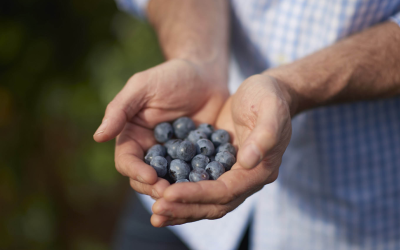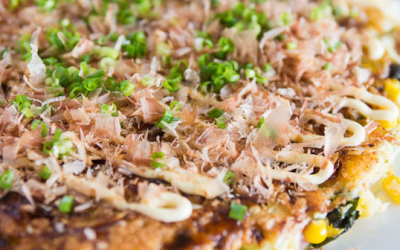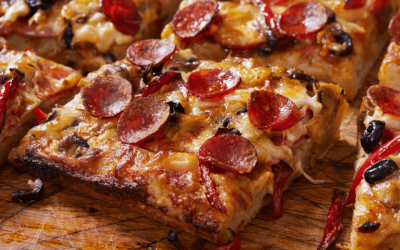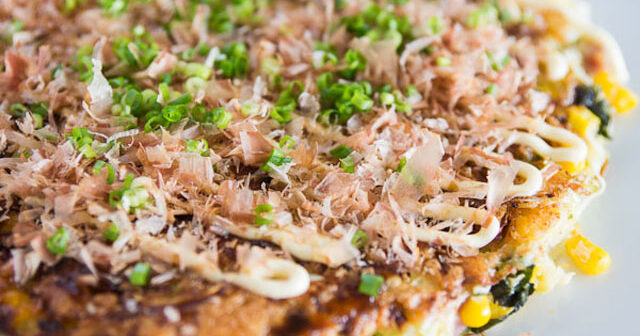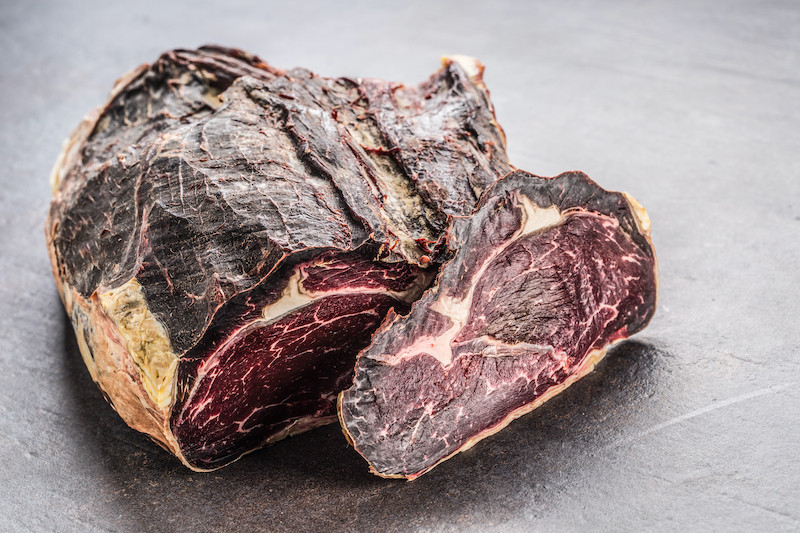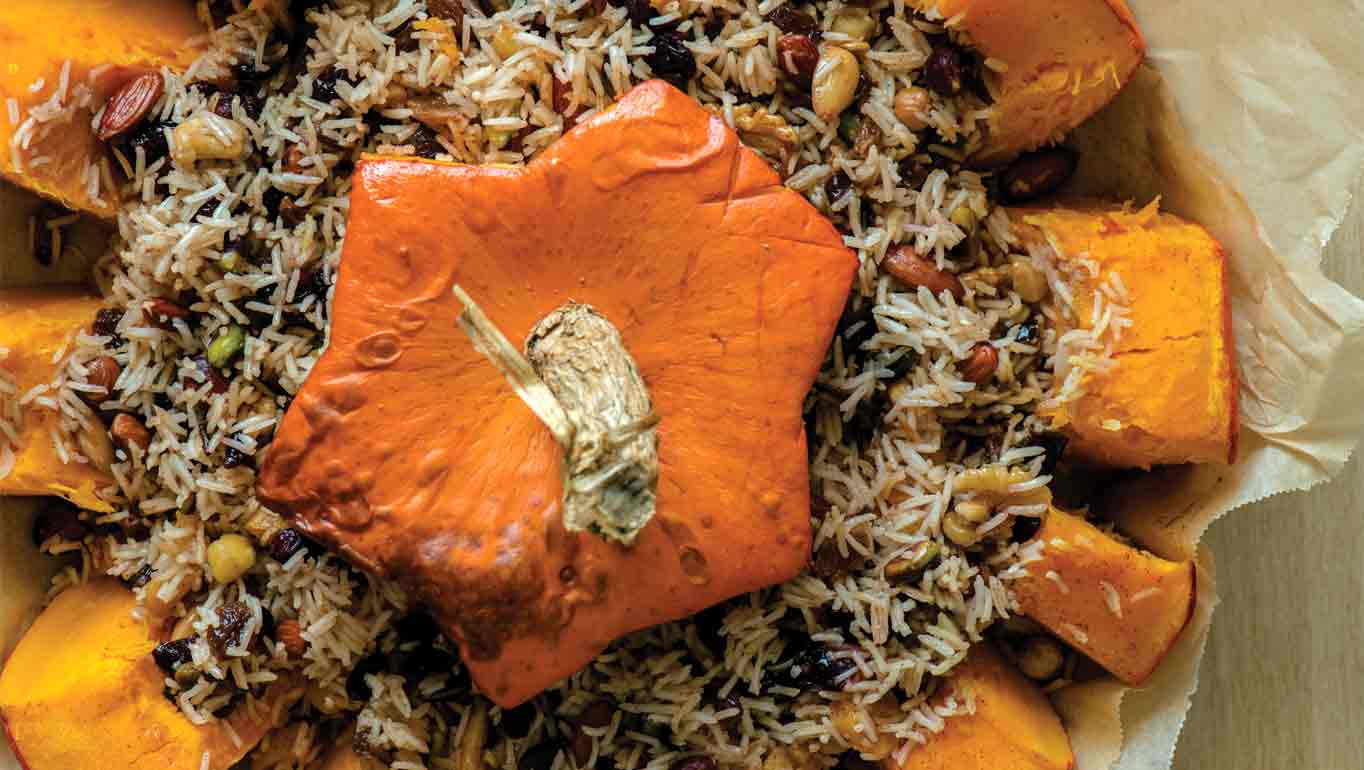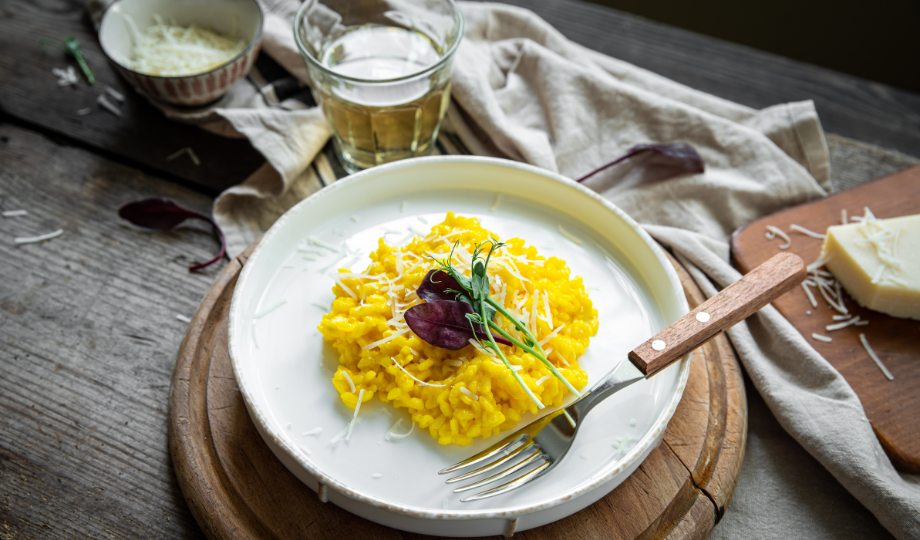Okonomiyaki, often described as a Japanese savory pancake, has become one of the most iconic street foods in Japan, especially in Osaka and Hiroshima. Its name translates to “grill what you like,” reflecting the dish’s flexible and customizable nature. Made with cabbage, batter, meat or seafood, and topped with a rich sauce, mayonnaise, and dried bonito flakes, okonomiyaki continues to attract both locals and tourists who want a hearty, comforting meal packed with flavour.
Food historians and regional chefs highlight how okonomiyaki evolved from post-war survival food into a symbol of Japanese culinary creativity. Osaka’s version focuses on mixing ingredients directly into the batter, while Hiroshima’s style layers noodles, cabbage, and proteins with great precision. These distinct styles demonstrate deep regional expertise and cultural identity, supported by generations of families who have perfected the dish. Their techniques, ingredient choices, and cooking methods reflect true culinary authority and trusted tradition.
Today, okonomiyaki remains a cultural ambassador of Japanese comfort food. Travellers frequently seek out small, family-run stalls where owners share stories, cooking tips, and regional variations, offering both an authentic meal and a meaningful cultural experience. As global interest in Japanese cuisine continues to rise, okonomiyaki’s balance of flavour, craft, and accessibility makes it a standout dish that represents the heart and heritage of Japan’s street-food culture.



